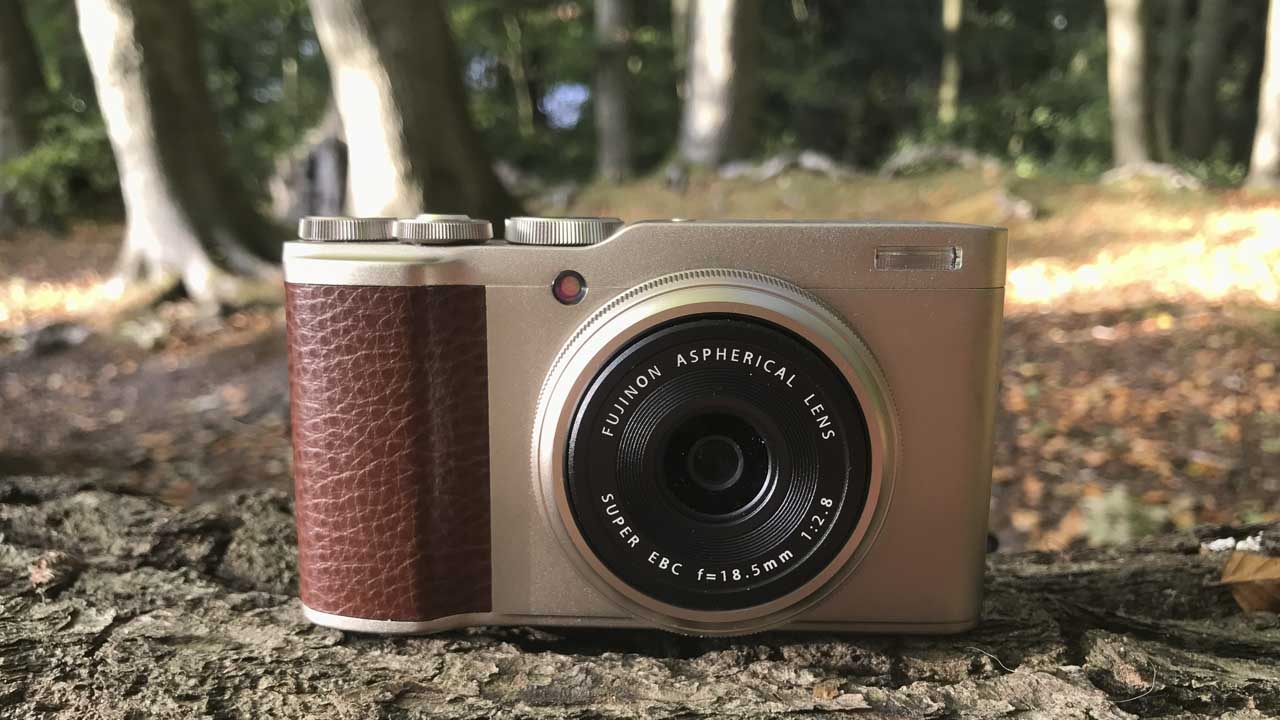Snap Verdict
The Fujifilm XF10 is a 24.2Mp APS-C format compact camera with a fixed focal length lens equivalent to 28mm. It’s incredibly compact for a camera with such a large sensor, but there’s no viewfinder built-in and the screen is fixed. While it has a more plastic feel than other Fujifilm X-series cameras, it’s well built, can be slipped into a coat pocket and delivers high-quality images.
Although it seems quite similar to the Fujifilm X70, the XF10 is a little slimmer. It also lacks the traditional exposure controls and tilting screen. As much as I like the results from the XF10, I’d rather it was a bit fatter and had the tilting screen.
Specification
The headline specification of the XF10 is its sensor. That’s because it’s an APS-C (23.5×15.7mm) format chip. That’s bigger than in most compact cameras. It’s not an X-Trans CMOS sensor like in the Fujifilm X100F, but it has 24.2million effective pixels. It’s also the same sensor as is in the Fujifilm X-T100 and X-A5.
In front of the sensor is a Fujinon 18.5mm f/2.8 lens. This has an angle of view equivalent to a 28mm lens on a full-frame camera. According to Fujifilm, the lens design is matched to the sensor to maximise image quality and edge-to-edge sharpness. Although the lens is a fixed focal length, there’s a ‘Digital Teleconverter’ (digital zoom) that allows images to be captured at the equivalent of 35mm and 50mm.
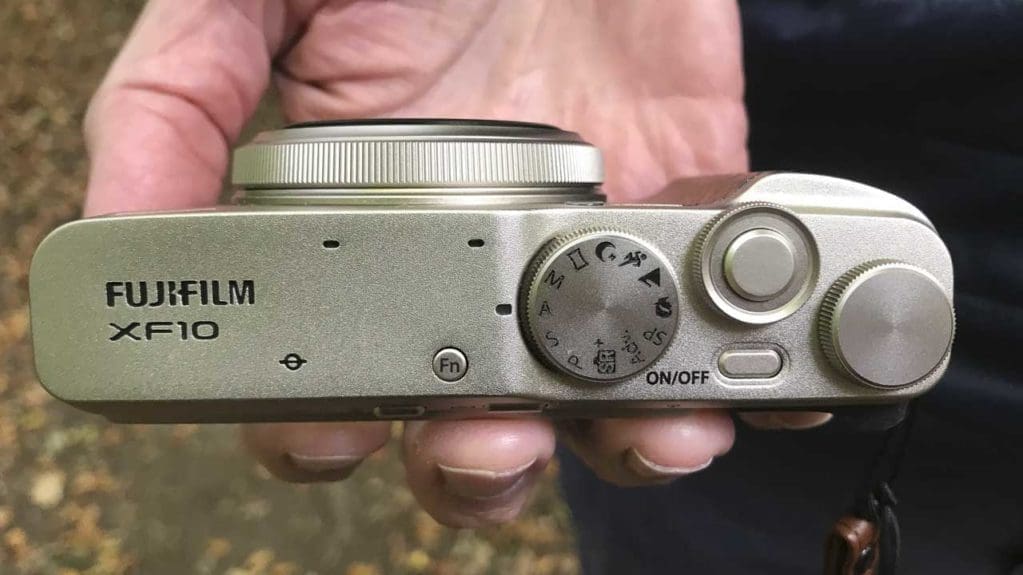
As standard, sensitivity can be set in the range ISO 200-12800. If you don’t mind sacrificing the ability to shoot raw files, the range can be extended to include ISO 100, 25,600 and 51,200. Alternatively, there are three customisable Auto ISO settings.
While it’s possible to shoot 4K (3849 x 2160) video with the XF10, it’s at a paltry 15fps. This means the Full HD (1920 x 1080) options (59.94p / 50p / 24p / 23.98p) are often a better choice.
Get the look
As usual, the XF10 has Fuji’s Film Simulation modes: Provia, Velvia/Vivid, Astia, Classic Chrome Pro Neg Hi, Pro Neg. Std, Monochrome, Monochrome +Ye Filter, Monochrome +R Filter, Monochrome +G Filter and Sepia. Sadly the popular Acros monochrome mode is not available.
However, there’s a 1:1 Square Mode that can be accessed quickly via the 3-inch touch-screen. That’s useful for keen Instagrammers.
Instagramers will also like the XF10’s Bluetooth and Wi-Fi connectivity. Once paired with Fujifilm’s free Camera Remote app, the camera can be set to share images automatically to your phone or tablet.
Fujifilm has included 4K Burst mode in the XF10’s drive options. When this is selected, you can shoot at 30fps and then extract the stills in-camera.
[table id=93 /]

Build and Handling
Although it has a plastic feel, the XF10 seems quite solid. There’s also a shallow grip on the front, and a thumb pad on the back that keeps it fairly safe in your hand. However, I felt the need to slip the wrist strap on whenever I was out shooting.
A mode dial on the top of the camera allows you to select the shooting mode. This has automatic shooting modes as well as the enthusiasts’ favourite PASM settings.
A dial around the shutter button, and a second dial at the right end of the top-plate allow quick exposure setting adjustments. In addition, there’s a ring around the lens that can be used to adjust a customisable parameter. I like to use it to adjust the sensitivity (ISO) but it can also be used to set white balance, Film Simulation mode or the Digital Teleconverter setting.
Screen
Fujifilm has given the XF10 a 3-inch 1,040,000-dot touch-screen. As we first saw on the Fujifilm X-E3, you can use gesture control to access some key features via the screen. By default, swiping down accesses the lens ring customisation settings, for example. It means you can quickly access and change how the ring is used.
I also like the fact that I can switch between square and standard shooting by swiping left on the screen.
Although the screen provides a clear view, it’s a shame that it’s fixed. A tilting or vari-angle screen would make it much easier to compose images from creative angles. It’s a feature that I like about the X70 and I really missed it with the XF10. It would help to compensate for the lack of a viewfinder.
The screen is responsive to touch, but the touch-control is quite limited. You can’t use it to navigate or select settings the main or Quick menus, for example. That leaves you with the gesture control mentioned earlier, setting the AF point and swping through or zooming into images.
Battery
I carried the XF10 in a bag for a few days and on a couple of occasions I pulled it out to find the battery was flat. I think that the power button had been depressed while it was in my bag. That’s pretty annoying, especially when it happened again after I charged it.
In normal use, the battery is rated at 330 shots.
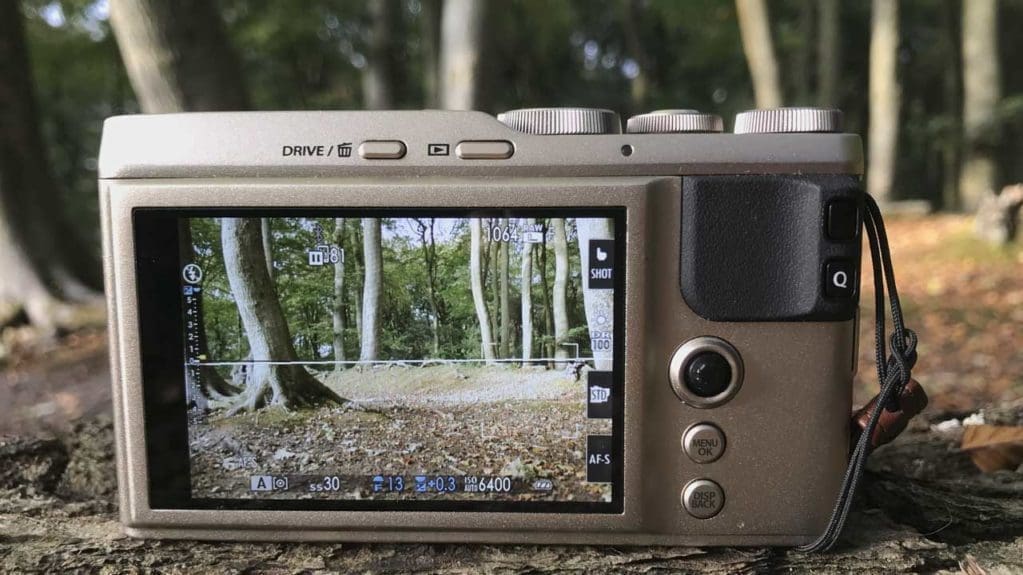
Performance
While I have a couple of grumbles about the XF10’s handling, I love its image quality. Its lens puts it a very good performance. Details are sharp and noise is controlled well all the way up to ISO 12,800.
If you decide to pixel peep, you’ll see some speckling in the raw files at ISO 12,800, but it’s uniform and not objectionable. The Jpegs are smoother, but most of the details are there. More importantly, I don’t see any smearing or smudging in my high-ISO shots.
Fuji has a good handle on image colours, so on the whole images from the XF10 look great. Of course, they vary depending upon the Film Simulation mode that you select, but there’s one (or more) to suit most tastes.
In the default Multi metering mode, the XF10 is quite susceptible to changing the exposure depending upon the location of the AF point. This means that you need to keep an on things. It makes manual mode advisable in high contrast situations.
Autofocus
The XF10’s autofocus (AF) system is pretty fast and reliable for a compact camera. I wouldn’t use it for shooting sport or action, but it’s fast enough to cope with street photography situations. It can help to shoot with the touch-shutter activated as this allows you to set teh focus point and trip the shutter with one tap on the screen.
Lens
As claimed by Fujifilm, the XF10’s lens performs well across the frame. Sharpness is maintained well into the corners. It also doesn’t suffer from excessive flare and chromatic aberrations are controlled very well.
Sample Images
Follow the link to browse and download full-resolution images



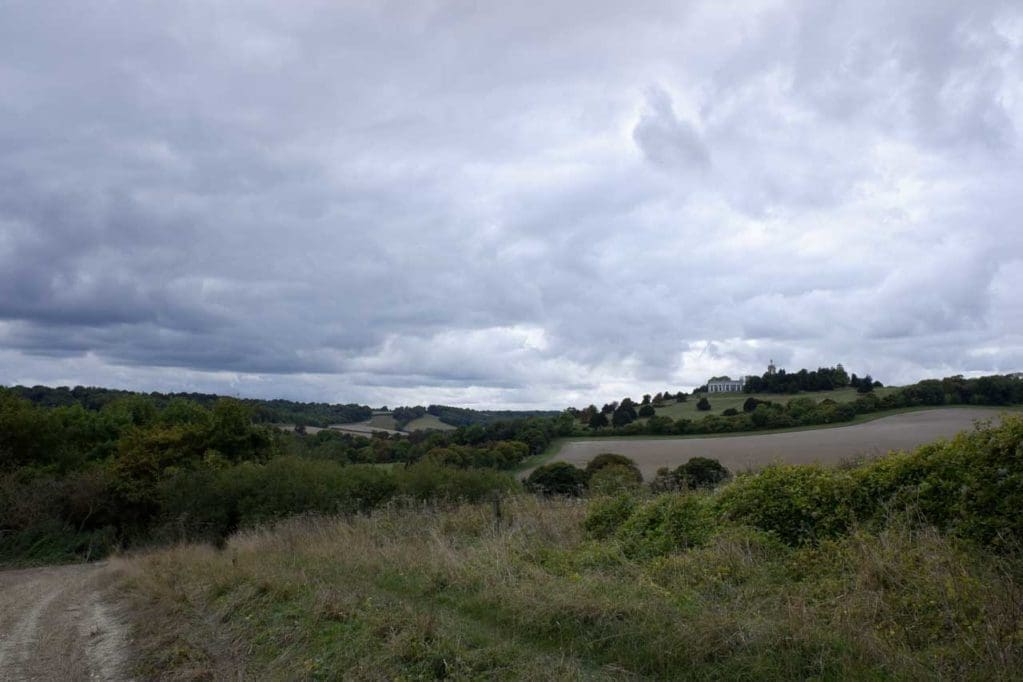
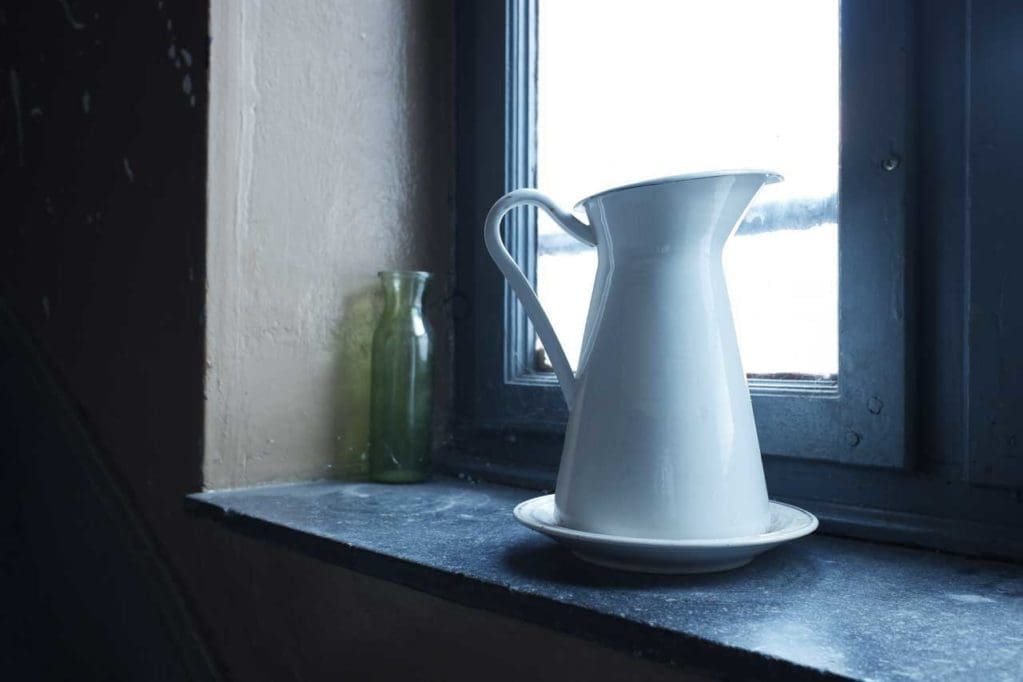

Verdict
Thanks to its large sensor and high-quality lens, the XF10 is a very capable compact camera. Noise is controlled very well and images have lots of detail.
The wide aperture lens also allows you to control depth of field so you can have blurred backgrounds if you want them. At 28mm, the lens is wider than the most popular focal length for street photography (35mm) but it’s still very versatile. The closest focusing distance is 10cm, which give you extra creative scope.
Fujifilm has created an impressive camera that can fit in your coat pocket or handbag. However, like the Panasonic LX100 II, the XF10 is crying out for a tilting screen. This would give more flexibility when composing images.
It leaves me wondering if Fujfilm will introduce a camera closer still to an updated X70. One that has much of the specification of the XF10 but with traditional exposure controls and a tilting screen? I really hope so.
